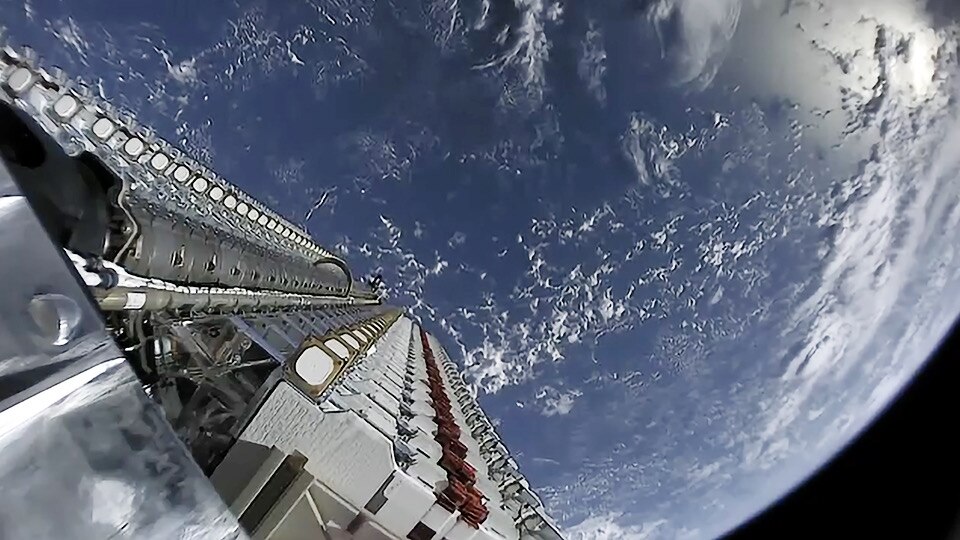Australian Researchers Highlight Starlink's Impact on Astronomy

Australian researchers are raising alarm over the unintended consequences of satellite technology, particularly those deployed by SpaceX's Starlink, which is increasingly relied upon by many Australians for high-speed internet. A new study conducted by astronomers in Western Australia indicates that the proliferation of these satellites may hinder their ability to explore the cosmos, especially as they prepare for the construction of the world's largest radio telescope, the Square Kilometre Array (SKA).
The SKA project, an international collaboration, aims to shed light on fundamental questions regarding the universe's origins, including the formation of the first stars and the nature of dark matter. According to Dylan Grigg, a PhD candidate at the Curtin Institute of Radio Astronomy and lead author of the study published in the journal Astronomy and Astrophysics in July 2025, researchers conducted an extensive analysis over a month, capturing approximately 76 million images of the night sky. The findings revealed that a significant proportion of these images were affected by emissions from Starlink satellites.
"The overwhelming majority of the satellites detected were Starlink satellites, and we found that they are not transmitting at their designated downlink frequency," Grigg explained. The study found that around one-third of the images taken at certain frequencies were impacted, particularly at 150.8 MHz, a frequency allocated for radio astronomy.
Although Starlink operates within regulatory frameworks and is not technically violating any laws, the emissions produced inadvertently interfere with the frequencies that astronomers require for their observations. Executive Director of the Curtin Institute, Professor Steven Tingay, emphasized the tension between advancing global connectivity through satellite internet and the preservation of radio silence necessary for astronomical research.
The significance of this research is underscored by the rapid growth of satellite networks, with Starlink leading the way. As of mid-2025, the company had deployed over 7,000 satellites in low-Earth orbit, with plans for further expansion. The increased presence of these satellites complicates the landscape for astronomers who depend on receiving faint signals from deep space.
In light of these challenges, researchers aim to engage in constructive dialogue with SpaceX. Professor Tingay noted, "We’ve had ongoing discussions with SpaceX about potential mitigations they could implement, similar to the adjustments made for optical astronomy, such as painting satellites with darker colors or adding visors to reduce brightness. We hope to extend this dialogue to radio astronomy as well."
The SKA project, which is expected to be completed by the end of the decade, will be distributed across more than 500 sites in the Australian outback. The project represents a significant leap in radio astronomy capabilities, with the potential to revolutionize our understanding of the cosmos. Grigg described the SKA as a "game-changer," asserting that it could help answer some of humanity's most profound questions about the universe. However, he warned that achieving this goal requires minimizing interference from satellite emissions.
As the competition intensifies among satellite providers, including Amazon's recent entry into the market, the low-Earth orbit environment is becoming increasingly congested. The researchers hope that their findings will lead to a more harmonious coexistence between satellite technology and astronomical research, ensuring that both can thrive without compromising each other’s objectives.
This ongoing dialogue underscores a broader challenge faced by scientists as they strive to balance technological advancements with the preservation of scientific integrity in the field of astronomy. The future of astronomical research hangs in the balance as the demand for global connectivity continues to rise, necessitating innovative solutions to mitigate the impact of satellite emissions on radio observatories.
Advertisement
Tags
Advertisement





